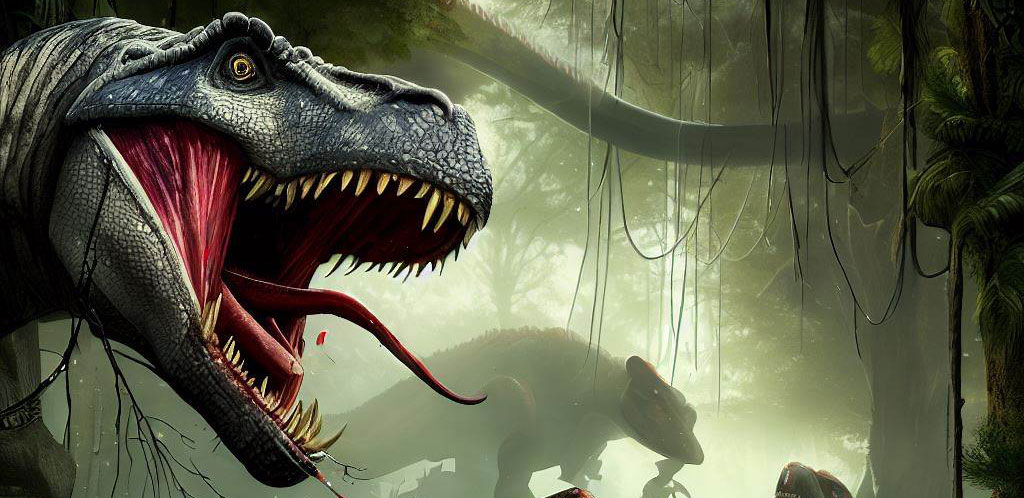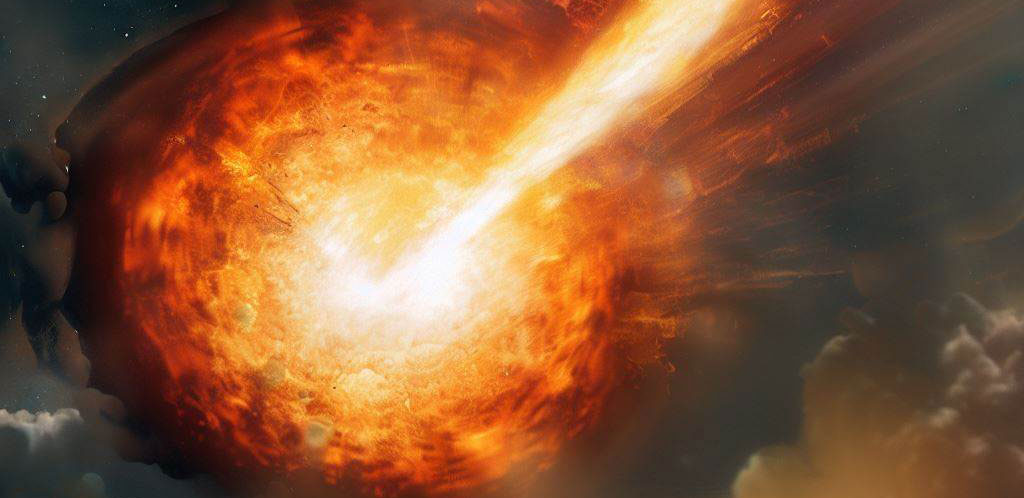- Dinosaurs
- Toys & Games
- Books
- Christmas
- Home / Garden
- Clothing
- Birthdays

Dinosaurs have always fascinated us with their immense size, ferocity, and unique characteristics. One intriguing aspect of these ancient creatures is their dental structure. Teeth played a crucial role in the life of dinosaurs, aiding in their feeding habits, survival, and evolution. Among the various dinosaur species that roamed the Earth, there is one burning question that often arises: Which dinosaur had the most teeth? In this article, we will explore this fascinating topic, diving deep into the dinosaur world to uncover the answer.
When it comes to the dinosaur with the most teeth, the honour goes to the Hadrosaurus, also known as the duck-billed dinosaur. These herbivorous creatures possessed a remarkable number of teeth. On average, Hadrosaurs had an astonishing 960 teeth in their mouths! These teeth were arranged in dental batteries or stacks, which allowed them to efficiently chew their plant-based diets. The sheer quantity of teeth in Hadrosaurs showcases their adaptation to their herbivorous lifestyle and emphasizes the importance of teeth in their survival.
The abundance of teeth in Hadrosaurs was not just for show. Their dental adaptations provided them with several advantages in their quest for sustenance. Let's delve into some of these remarkable features:
Hadrosaurs had complex dental batteries, which consisted of hundreds of tightly packed teeth. These teeth were stacked together, forming a powerful grinding surface. The dental batteries enabled them to break down tough plant matter, such as leaves and twigs, into more easily digestible pieces. This unique adaptation allowed Hadrosaurs to efficiently extract nutrients from their food, contributing to their survival and proliferation.
To accommodate the wear and tear of their teeth from constant chewing, Hadrosaurs had an extraordinary ability to replace their teeth continuously. Similar to sharks, they possessed a conveyor belt-like system of tooth replacement. As a tooth became worn or lost, another tooth would grow in its place. This ensured that Hadrosaurs always had a fresh set of teeth available for efficient feeding.
The teeth of Hadrosaurs were not all the same. They had different types of teeth within their dental batteries, each with a specific function. The front teeth, known as incisors, were sharp and ideal for nipping off plant material. Behind the incisors were the pre-molars, which had a broader shape for grinding the food. The back teeth, called molars, were flat and designed to crush and pulverize the plant matter. This specialization of teeth allowed Hadrosaurs to process their food more effectively, aiding in digestion.





